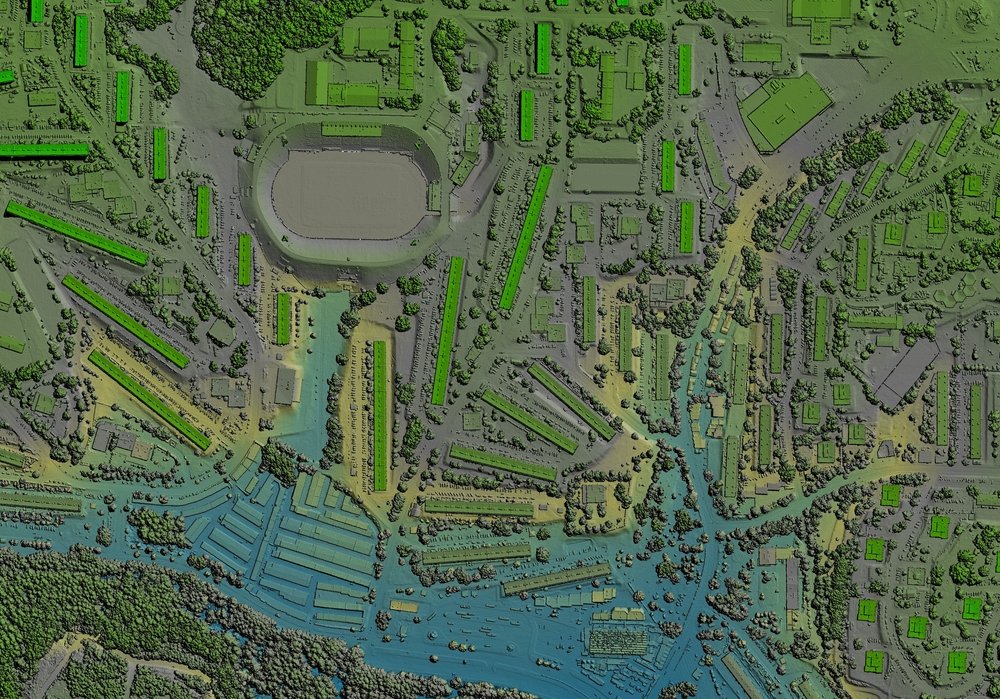
What is GIS? (Geographic Information Systems)
GIS (geographic information systems) are software technologies that assist in the storage, retrieval, analysis, and distribution of geographic data. This can include everything from satellite imagery to demographic databases to topographical maps. GIS is an enormously powerful tool for organisations that deal with high-volume spatial data, like real estate developers, insurance companies, telecommunication companies, or the government. GIS is helping map out the future of how we understand our world by better understanding the relationship between people, places, and things.
GIS Mapping Software
Turn raw data into maps, patterns, and clear insights you can act on with cutting-edge GIS solutions.
At The Spatial Distillery Company, we help organisations across Australia unlock the power of location with advanced GIS software. From mapping assets and analysing infrastructure to planning new developments and monitoring the environment, geospatial software brings clarity to complex data. Our GIS consultants make each process simple, accessible and impactful for your business.
With Spatial Distillery, You Get the Best GIS in Australia & New Zealand.
Where is GIS used?
GIS can be used for many purposes. It can be used for tracking population, economic development, and natural hazards. GIS can also be used for retail site selection, insurance mapping and telecommunications. GIS and digital mapping is used daily as part of web mapping apps, finding your favourite store or locating where your friends are in your favourite social media app.
-
GIS can be used to provide a visual interpretation of data. Google Maps is an excellent example of a web-based GIS mapping solution.
-
Telecom companies use GIS to better plan, design, and manage their Telecom networks. 5G rollouts rely heavily on the use of GIS to maximise the coverage and pinpoint where networks are needed.
-
GIS helps to model and analyse crime data and better plan the deployment of resources.
-
Governments use GIS for urban growth planning and allocation of resources. GIS is used across all levels of government in health, emergencies, urban planning, and smart cities.
-
GIS data is commonly used for managing transportation. With the addition of environmental and real-time data in a GIS platform routes can be optimised and last-mile deliveries streamlined.
Understanding GIS Solutions Step-by-Step
A powerful decision-making tool, GIS in Australia has helped industries drive real change. Here’s how:
Visualisation: Using aerial imagery, data collection, GPS and remote sensing, GIS services project geographic data in a real-world context.
Mapping: Based on the layers of data, maps are created with the purpose of examining how different datasets interact.
Search & Analysis: GIS mapping software allows you to filter these layers to gain specific geographic answers.
Cross-Team Sharing: Teams gain in-depth knowledge across the board with interactive maps and dashboards.
Comprehensive Consulting, Training & Support for GIS Software in Australia
The Spatial Distillery Company is your single partner for geospatial services. With over 25 years of experience, we’ve built a reputation for practical expertise and responsive service. Learn how to effectively design and implement systems that work for you with our GIS training courses. From Maxar technologies to geospatial artificial intelligence like Picterra, our partnerships ensure access to world-class tools.
GIS Mapping Software FAQs
-
Modern geospatial services are built to integrate with common enterprise platforms, databases, and cloud systems. This means your GIS mapping software can connect with business data, IoT devices, or analytics tools to deliver seamless workflows and richer insights.
-
We prioritise data security at every stage. Our GIS software in Australia includes encryption, role-based access controls and compliance with industry standards to protect sensitive datasets. When using cloud GIS services, providers also maintain secure servers with regular audits.
-
Desktop GIS runs directly on your computer, offering powerful tools for detailed analysis and map creation. It’s ideal for organisations needing offline access or complex, high-performance processing. Cloud GIS solutions, on the other hand, make your system accessible anywhere, with real-time collaboration and easy data sharing. Many organisations in Australia use a hybrid approach, combining desktop and cloud for maximum flexibility.




